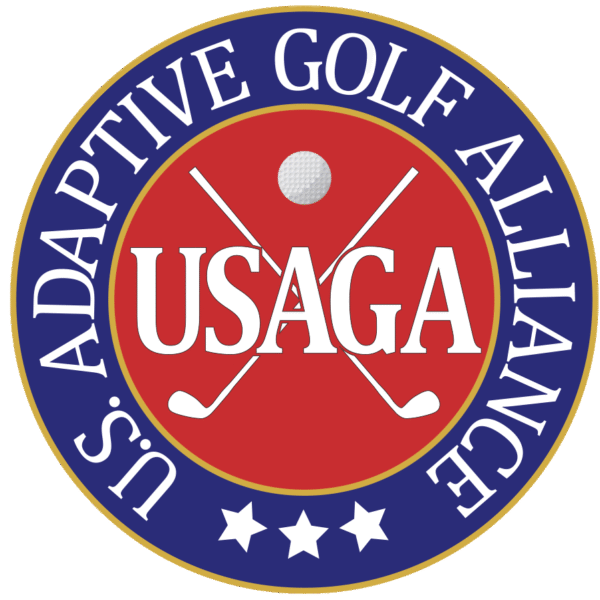Governing Bodies
International Governing Bodies

International Golf Federation (IGF)
National Governing Bodies
United States

United States Adaptive Golf Alliance (USAGA)
Introduction:
Adaptive Golf is an inclusive version of traditional golf designed to make the sport accessible to individuals with physical, sensory, or cognitive disabilities. Using modified equipment, adaptive techniques, and personalized instruction, athletes of all abilities can experience the challenge, strategy, and enjoyment of the game while playing on standard golf courses.
History of the Sport:
The origins of Adaptive Golf trace back to the mid-20th century when rehabilitation programs for injured veterans began incorporating golf as a therapeutic activity. In the 1970s and 1980s, adaptive equipment—such as seated golf carts, specialized prosthetics, and gripping aids—helped expand participation.
Organizations like the United States Adaptive Golf Alliance (USAGA), European Disabled Golf Association (EDGA), and U.S. Adaptive Golf Open have since formalized competition, classification systems, and training opportunities. Today, Adaptive Golf is recognized globally, with national and international tournaments that emphasize inclusion, skill development, and sportsmanship.
Rules – How to Play the Sport:
Adaptive Golf follows the Rules of Golf set by the USGA and R&A, a few accommodations are made to ensure fair play and accessibility:
-
Equipment Modifications
-
Adaptive clubs, gripping aids, prosthetics, and one-arm swing devices are permitted.
-
Specialized adaptive golf carts (solo-riders) may be used on greens and bunkers.
-
-
Mobility and Positioning
-
Players who use seated or standing assist devices (e.g., para-golfers) can address and strike the ball from their equipment.
-
The position of the ball relative to the player may be adjusted for safety and swing feasibility.
-
-
Swing and Stroke Adaptations
-
One-handed or alternate swing methods are allowed as long as they are consistent for the player.
-
Balance assistance or stabilization aids may be used without penalty.
-
-
Course Access
-
Modified access is granted for adaptive carts onto areas traditionally restricted, such as tees and greens.
-
Drop zones or relief areas may be adjusted based on mobility needs.
-
-
Classification and Competition
-
Players may compete in divisions based on type of impairment (e.g., limb difference, visual impairment, seated, cognitive).
-
Scoring and handicaps are calculated under standard systems, with accommodations noted for classification.
-



